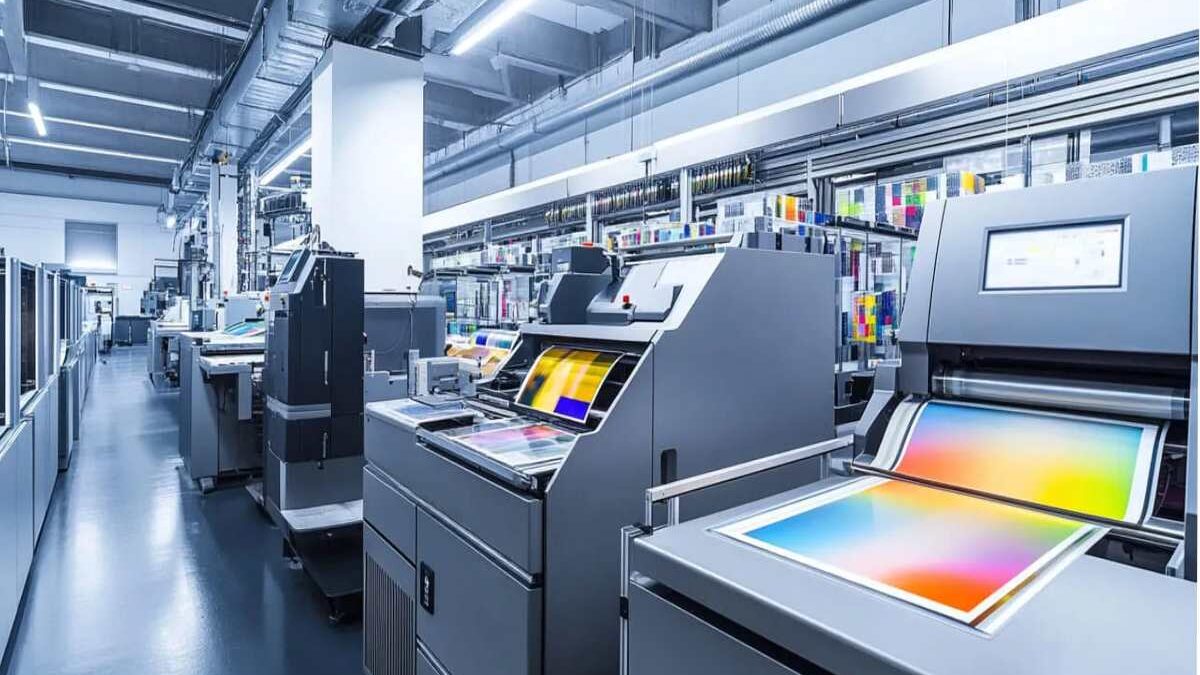Printing has come a long way since the days of bulky, ink-hungry machines and wasteful production methods. Today, advancements in printing technology are transforming the industry, not only by improving efficiency and print quality but also by making it more sustainable. From smarter devices to eco-friendly materials, the future of printing is greener than ever before.
Table of Contents
Smarter Printers for Smarter Energy Use
Modern printers are designed with energy efficiency at their core. Many models now feature automatic power-off settings, sleep modes, and quick-start technology that drastically reduce energy consumption. These functions mean printers no longer need to run continuously throughout the day, wasting electricity. Instead, they activate only when needed and return to low-power mode when idle.
In commercial settings, networked printers and cloud-based management systems allow companies to monitor usage and set printing limits, further minimizing unnecessary energy use. Collectively, these innovations contribute to a substantial reduction in carbon emissions while lowering operational costs for businesses.
Eco-Friendly Printing Materials
Another major step toward sustainability is the development of eco-friendly inks and toners. Traditional printing supplies often contained harmful chemicals and contributed to significant plastic waste. However, manufacturers are now focusing on creating biodegradable and recyclable components.
For example, toner cartridges are increasingly being produced with recycled plastic and plant-based materials. In addition, remanufactured cartridges have become a mainstream option for both home and office users. By reusing the original cartridge casing and replacing only the worn components, remanufacturing significantly reduces waste and conserves resources.
Those who use hp toner can benefit from these innovations too, as the brand continues to lead in designing cartridges that are recyclable and energy-efficient in their production.
Reduced Waste Through Digital Precision
Advanced printing technologies such as digital printing and inkjet precision have dramatically cut down material waste. In older printing systems, errors during setup or calibration often resulted in wasted paper, ink, and toner. Digital printers now minimize this issue with accurate previewing and calibration software that ensures correct output on the first try.
Additionally, variable data printing allows for personalized content without restarting the entire process, further reducing paper waste. This is especially beneficial for marketing materials, where every print can be customized efficiently and sustainably.
Some modern printers also use sensors to track ink levels, automatically adjusting distribution to prevent overuse. This precision technology means that every drop of ink or toner is used effectively, maximizing yield and minimizing waste.
Recycling and Circular Economy Initiatives
One of the most significant contributions of the printing industry to a greener future lies in recycling initiatives and the shift toward a circular economy. Many manufacturers now offer take-back programs that allow consumers to return empty cartridges and used components for proper recycling or refurbishment.
These programs prevent millions of cartridges from ending up in landfills each year. The materials are cleaned, reprocessed, and reused to create new products, reducing the demand for virgin plastic and conserving raw materials. The process not only supports environmental goals but also encourages responsible consumer behavior.
Digital Integration and Paper Reduction
Perhaps the most impactful change comes from the integration of digital and print workflows. Cloud storage, online document sharing, and e-signature technologies have reduced the need for physical printing altogether. Businesses are moving toward hybrid models where printing is reserved for essential documents, marketing materials, and creative projects that require a physical presence.
Printers have adapted to this shift by offering duplex (double-sided) printing, draft modes, and options for recycled paper. These features allow users to continue printing when necessary but with a reduced environmental footprint.
The Future of Green Printing
As technology continues to evolve, the printing industry’s focus on sustainability will only intensify. The next generation of printers is expected to incorporate even more eco-conscious features, such as renewable energy integration, biodegradable materials, and advanced recycling automation. Artificial intelligence could soon optimize every aspect of printing, from energy usage to consumable management, making each print job as efficient and environmentally friendly as possible.

